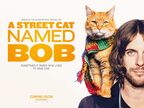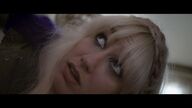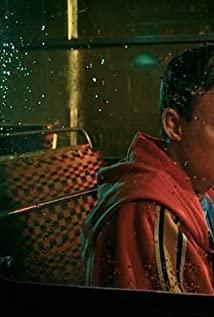Stop taking drugs and take cats instead.
The film that combines the cutest orange cat and the down-and-out literary youth originally has a good mass base, but the film is too thin to give a higher evaluation.
The film focuses on the huge effect of stray cats on stray singer Bob's detoxification, changing from "drugs" to "cats", but ignores the realization of Bob's personal values and does not give any explanation for his singer status. Since the cat was given the food money as medical expenses when he was poor, everything after that—the cat helped him get rid of drug addiction, get rid of poverty, gain social attention, and become the focus of celebrity... It seems to be a gift from the cat. There is nothing involved in the personal efforts and personal growth value realization of the young boy Bob. Here is an overconsumption of the orange cat Bob. This kind of success by relying on "consuming orange cats" should have formed a strong conflict with young Bob’s desire to win audiences and realize personal values through talents, but the film portrays Bob’s image as a kind, pure, innocent, The simple "Jack Su" boy responded with absolute goodwill and understanding to the malice of the outside world and the unfriendliness of the family. Such a piece of paper cannot be convincing.
In addition, the film has the phenomenon of fragmentation of photography style. When shooting Orange Cat and his daily life, a large number of hand-held photography and Orange Cat’s subjective lens are used to make the film full of realistic style and form a true reflection of the lower class people in London. However, shooting the male protagonist suffers pain due to the deep stage of drug rehabilitation. In the paragraphs, the film photography adopts the genre style of horror and horror, and also uses many horror film elements such as mirrors and showers, forming a strong sense of fragmentation.
View more about A Street Cat Named Bob reviews











